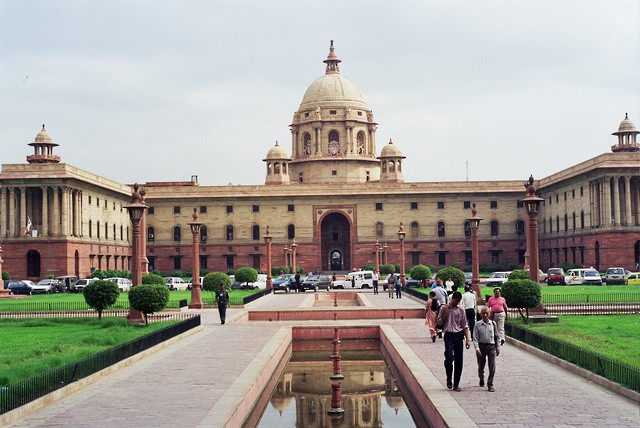What are the challenges ahead for India’s ‘Goods and Services Tax’?
The GST faces challenges, both on its path to formal ratification and in the short-term aftermath, as its practical implications begin to unfold

Image credit: Nimrod Bar, Flickr
What are the legislative challenges?
The central Government has set a deadline of April 2017 for its rollout across the country, although there has been some speculation that the bill could be fast-tracked for early enactment. If so, this could cause uncertainty amongst businesses in India who are not prepared for such a scenario, according to J.P. Morgan’s India economist, Sajjid Chinoy.
Vaidison Krishnamurty, Partner at PwC India, commented; “The Government seems determined to introduce GST by April 2017 (or with a delay of a few months) with the Finance Ministry already releasing a roadmap for its implementation by that time period.”
SKP advise businesses to take precautionary measures, as the GST will “change many earlier assumptions regarding business.”
The consensus amongst the business community suggests that a fast-track enactment of the GST this year is not desirable, as such fundamental economic reform requires a longer timetable.
The Bill has been ratified by the minimum number of states needed, and received official assent from the President on September 8, meaning that attention will now turn to its practicalities. These are complex and provide yet more challenges for the government.
What are the practical challenges?
The most immediate practicality to tackle will be deciding the standard GST tax rate, which New Delhi has yet to agree on. However, the Chief Economic Advisor to the government, Arvind Subramanian, has proposed a standard rate of 17-18 per cent.
However, according to HSBC, headline Consumer Price Inflation (CPI) could rise by 0.2 percentage points if the standard GST rate is set at 18 per cent – a projection also made in a J.P. Morgan report, although this short-term rise in inflation would probably only be transitory.
To avoid these consequences, the Government will look to come to a compromise, and a standard rate of 16-17 per cent may be more desirable. This decision is perhaps the most crucial, as a GST rate that is too high will ‘discourage the very compliance that the GST hopes to induce,’ according to a J.P. Morgan report.
Amitendu Palit, senior research fellow at the Institute of South Asian Studies in the National University of Singapore, warns of the consequences of setting the GST rate too high, claiming that “the closer the GST rate gets to 17 per cent, the greater the possibility of [India] losing competitiveness in global markets,” with comparative rates across South Asia considerably lower.
At the same time, a standard rate that is too low will fail to bring the desired increase in tax receipts – another key goal of the GST. With this in mind, striking the right balance will be imperative for the NDA government.



